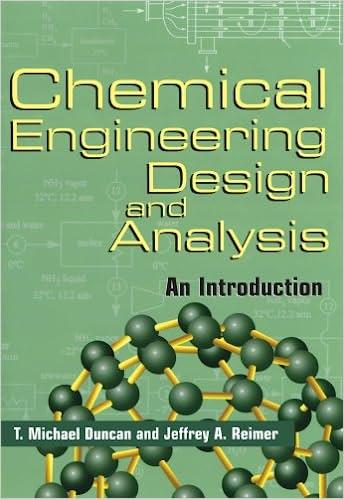Answered step by step
Verified Expert Solution
Question
1 Approved Answer
Instructions: Use quadrille or lined paper ( unless Microsoft Excel is required ) Answer questions / problems in the order given. Write paraphrased problem /
Instructions:
Use quadrille or lined paper unless Microsoft Excel is required
Answer questionsproblems in the order given.
Write paraphrased problemquestion statements given assume, find
Use explicit dimensional analysis.
Mark final answers.
Separate problemsquestions clearly.
If possible, please be compact.
For each of the chemical equilibrium shown, answer the following questions:
a Give the chemical name of the species in the "reactant" and the "product" sides of the equilibrium.
b Determine the standard Gibbs free energy change of reaction, and the equilibrium constants, Keq, for the following reactions using the tabulated values for in the textbook Appendix.
c Decide if the reaction happens spontaneously in the direction it is written.
d Determine if each of the reactions is endothermic or exothermic.
e Write the expressions for equilibrium constant for each reaction based on activities.
Compare to the related two examples worked in class and provide a sensible comment
Answer: Keqx
Compare to the related one worked in class and provide a sensible comment
Answer:
Apply and find meaning of the van't Hoff equation. Accompany the calculation with a sensible comment.
For problems and prepare a table with three columns: T Temperature K Equilibrium constant and Show the calculation by hand for two temperatures. Draw a graph of vs with five points and add a trendline. If you use Excel, submit your file.
Do the same for Example B solved in class. on the last thre slides of ENVMThermodynamicBasisOfEquilibriumChemistry.pdf

Step by Step Solution
There are 3 Steps involved in it
Step: 1

Get Instant Access to Expert-Tailored Solutions
See step-by-step solutions with expert insights and AI powered tools for academic success
Step: 2

Step: 3

Ace Your Homework with AI
Get the answers you need in no time with our AI-driven, step-by-step assistance
Get Started


